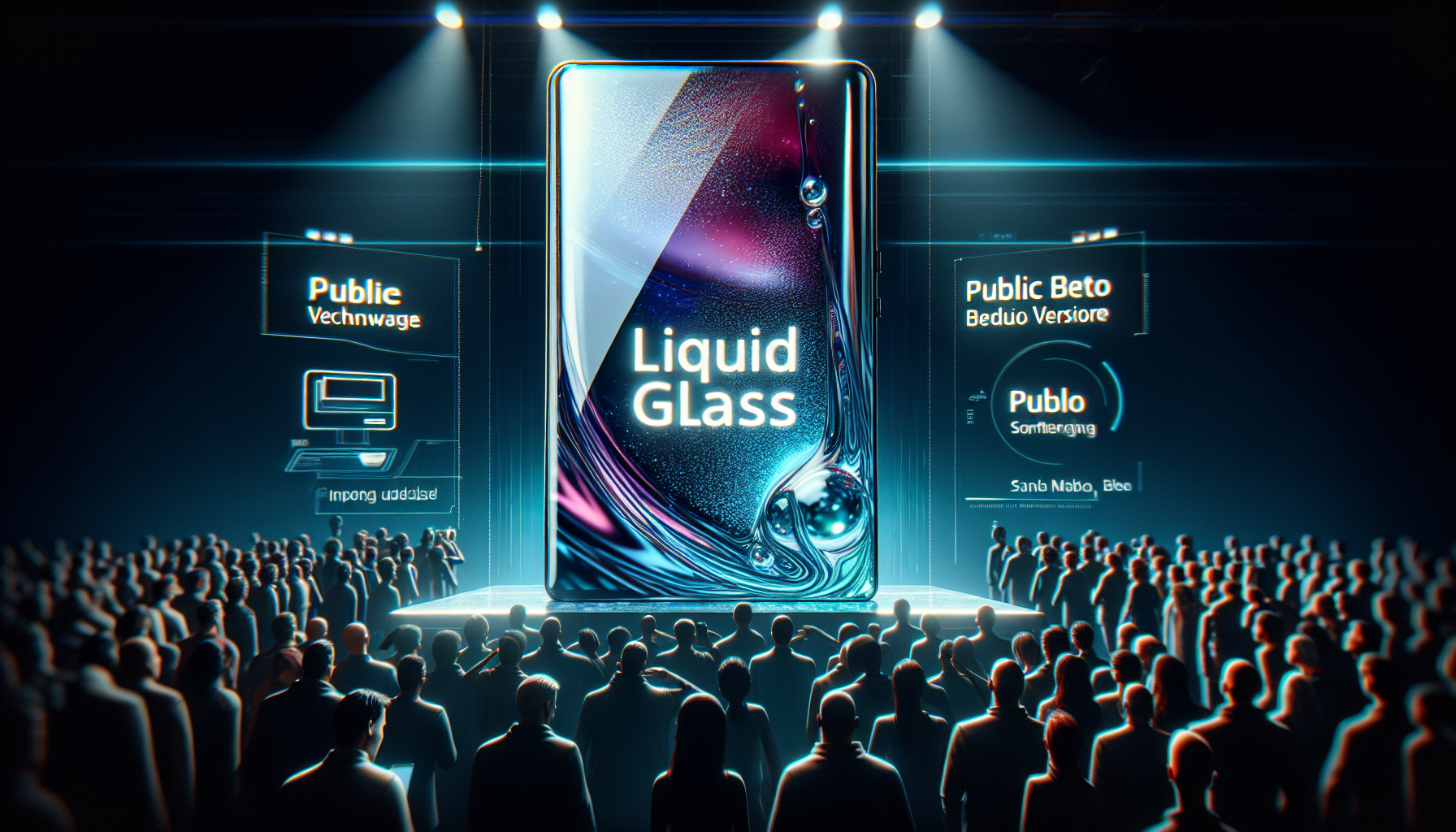
Apple Introduces Public Betas Featuring Innovative Liquid Glass Technology
Apple has once again taken the lead in innovation with the launch of public beta releases for its cutting-edge operating systems, comprising iOS, iPadOS, macOS, and others. This year, the focus is on Apple’s revolutionary Liquid Glass user interface, representing the most substantial overhaul of Apple’s software design since iOS 7 was introduced in 2013.
The Liquid Glass Breakthrough
The Liquid Glass interface signifies a pivotal advancement in Apple’s design approach. This fresh user interface is set to enable a more seamless, dynamic interaction with devices, enhancing user experience across all platforms. Although still under development, preliminary iterations of Liquid Glass have exhibited marked changes in both aesthetics and functionality, indicating a more immersive and intuitive user experience.
Standardized Versioning System
In an effort to simplify its software ecosystem, Apple has rolled out a new year-based version numbering scheme. Rather than the anticipated iOS 19 or macOS 16, all operating systems are now designated as version 26. This adjustment seeks to ensure consistency and clarity throughout Apple’s varied platforms, making it easier for users to comprehend and anticipate updates.
iPadOS 26: Multitasking Reimagined
A notable feature in iPadOS 26 is the revamped multi-windowed multitasking interface. This upgrade enables users to handle multiple applications more effectively, boosting productivity and providing a desktop-like experience on the iPad. The enhancement underscores Apple’s dedication to positioning the iPad as a flexible tool for both personal and professional purposes.
macOS 26: Subtle Yet Meaningful Enhancements
While the Liquid Glass interface takes the limelight, macOS 26 unveils several less-publicized features that elevate user experience. These updates aim to bolster system performance, security, and synergy with other Apple devices, ensuring a unified ecosystem for users.
Caution with visionOS 26
In contrast to other operating systems, visionOS 26 has not been made available as a public beta. Users keen on testing this software on a Vision Pro device must sign up for the developer beta program. Apple recommends proceeding with caution, as developer betas may be unstable and could present risks such as data loss or device harm.
Conclusion
Apple’s most recent public betas indicate an ambitious new trajectory for its operating systems, with the Liquid Glass interface spearheading the initiative. As users delve into these updates, they can look forward to a more cohesive and interactive experience across all Apple devices. However, those eager to experiment with visionOS 26 should tread carefully, considering the potential dangers linked with developer betas.
Q&A Session
Q1: What does the Liquid Glass user interface entail?
A1: The Liquid Glass interface is Apple’s most recent design advancement, providing a more dynamic and fluid user experience across its operating systems.
Q2: What prompted Apple to modify its version numbering system?
A2: Apple implemented a year-based version numbering system to achieve consistency and clarity across its platforms, facilitating users’ understanding of updates.
Q3: What new functionalities are available in iPadOS 26?
A3: iPadOS 26 features a multi-windowed multitasking interface, which enhances productivity and delivers a more desktop-like experience.
Q4: Are there any hazards linked to testing visionOS 26?
A4: Indeed, visionOS 26 is exclusively offered as a developer beta, which could be unstable and may introduce risks such as data loss or device impairment.
Q5: In what ways does macOS 26 enhance user experience?
A5: macOS 26 features nuanced updates that improve system performance, security, and compatibility with other Apple devices.
Q6: When can we expect the official releases of these updates?
A6: The official releases of these updates are anticipated in the fall, following the public beta testing interval.